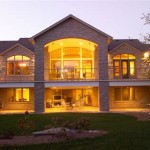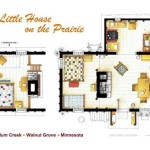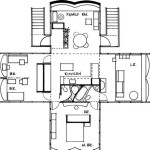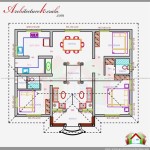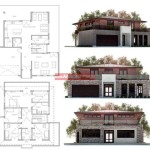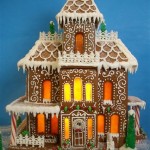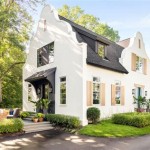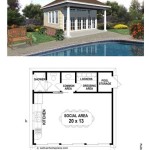Multi Generational Family Home Plans: Essential Aspects to Consider
In today's rapidly evolving world, multi generational family home plans are becoming increasingly popular among families of all ages. These designs offer a unique opportunity for extended families to live together under one roof, promoting intergenerational bonding and providing practical benefits. However, creating a harmonious and functional multi generational home requires careful planning and consideration of various essential aspects.
Private and Shared Spaces
One of the most important considerations for multi generational family home plans is the balance between private and shared spaces. Each generation should have their own private areas, including bedrooms, bathrooms, and study or work spaces. Shared spaces, such as living rooms, kitchens, and outdoor areas, should be designed to encourage interaction and family time. Striking the right balance between privacy and communal space is crucial for maintaining harmony and a sense of individuality within the family.
Accessibility and Universal Design
Multi generational family homes should be accessible to people of all ages and abilities. This includes incorporating ramps, wider doorways, and grab bars in bathrooms for elderly or disabled family members. Universal design principles ensure that the home is comfortable and safe for everyone, regardless of their age or abilities. Consider future accessibility needs and implement features that will support independent living as family members age.
Functional Flow
The flow of the home should be designed to minimize conflicts and maximize convenience. Consider the daily routines and needs of each family member, and create a layout that allows for smooth transitions between private and shared spaces. Avoid long hallways and unnecessary obstructions, and ensure that the kitchen, dining room, and family room are easily accessible from each other. A well-designed flow plan will contribute to a harmonious and efficient living environment.
Flexibility and Adaptability
Multi generational family homes should be designed with flexibility and adaptability in mind. As family needs change over time, the home should be able to accommodate those changes without major renovations. Consider flexible spaces that can be used for multiple purposes, such as a guest room that can also serve as a home office or a playroom that can be converted into a bedroom as children grow older.
Energy Efficiency and Sustainability
In an era of rising energy costs and environmental concerns, energy efficiency should be a top priority in multi generational family home plans. Incorporate energy-efficient appliances, insulation, and windows to minimize energy consumption and reduce the home's environmental impact. Consider renewable energy sources, such as solar panels or geothermal heating and cooling systems, to further enhance sustainability.
Safety and Security
The safety and security of all family members is of utmost importance. Install smoke detectors, carbon monoxide detectors, and security systems to protect the home from hazards. Consider security features such as motion-activated lights, window sensors, and a monitored security system for added peace of mind.
Community and Connection
Multi generational family homes should not only provide shelter but also foster a sense of community and connection. Design outdoor spaces that encourage interaction, such as patios, porches, or fire pits. Consider creating shared hobbies or activities that bring family members together and strengthen intergenerational bonds.
By carefully considering these essential aspects, you can create a multi generational family home plan that meets the unique needs of your family, promotes harmony, and fosters a lifetime of memories.

Fun Functional Multigenerational House Plans Houseplans Blog Com

How To Build The Perfect Multi Generational Home Plans Included Oberer Homes

Multigenerational Floor Plans Are Perfect For Extended Households

Best Multigenerational Homes Four Generations One Roof House Plans New Next Gen

Fun Functional Multigenerational House Plans Houseplans Blog Com

Multi Generational Homes Finding A Home For The Whole Family

Multigenerational Family House Plans Drummond

Multi Gen Homes D R Horton

Multigenerational Home Design Is It Right For You

What Is A Multigenerational Home K Hovnanian Homes

